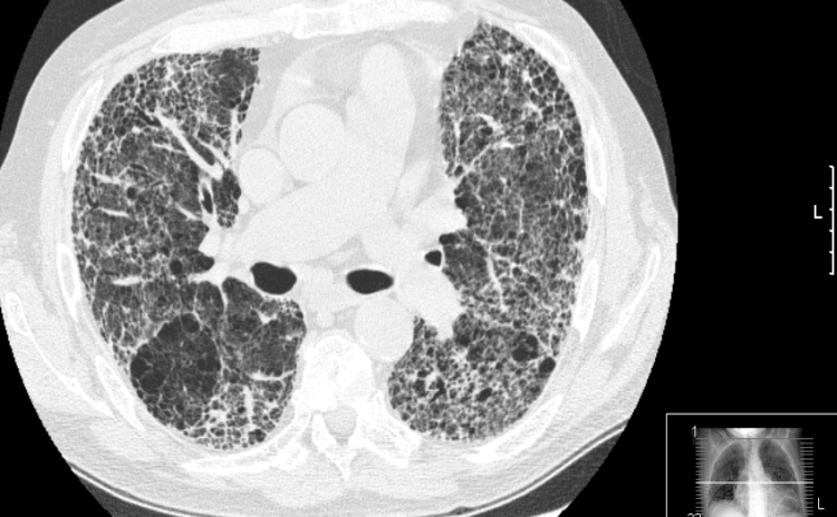
This archived news article is over 5 years old.
Scientists Discover Biomarkers for Diagnosing Idiopathic Pulmonary Fibrosis
Joanna Lawrence
2nd September, 2016


Joanna Lawrence
2nd September, 2016
